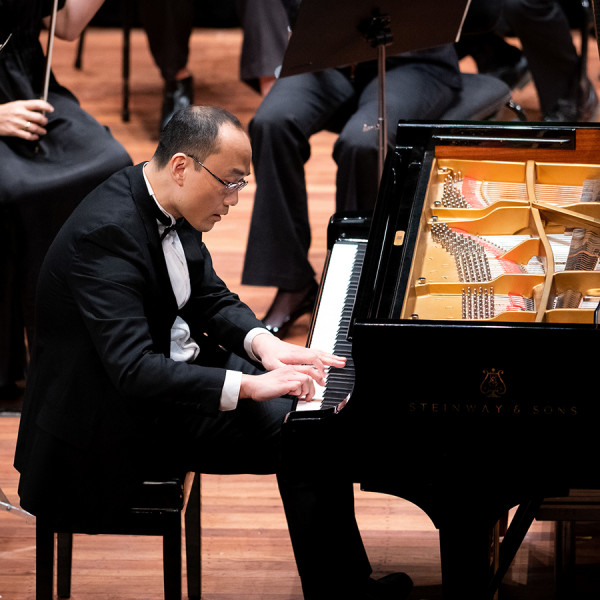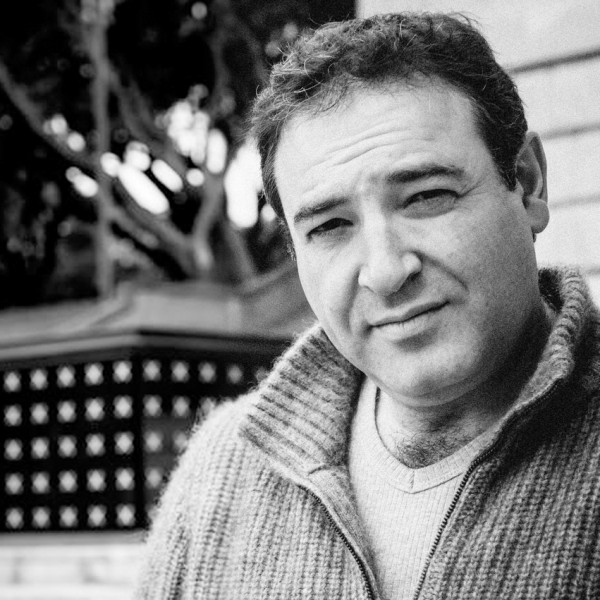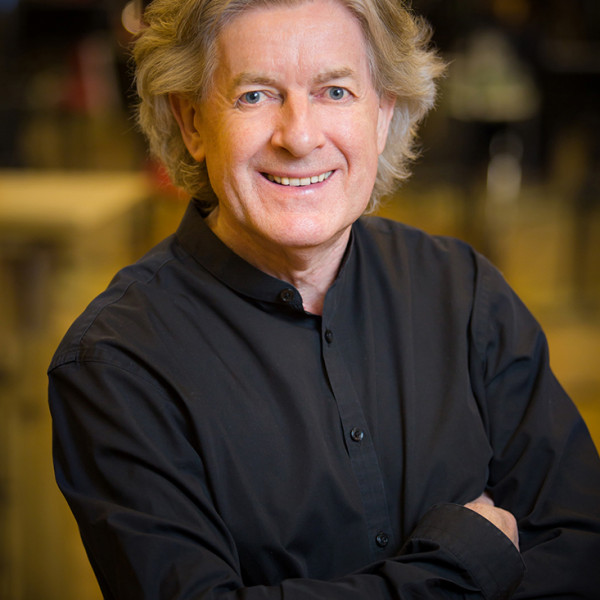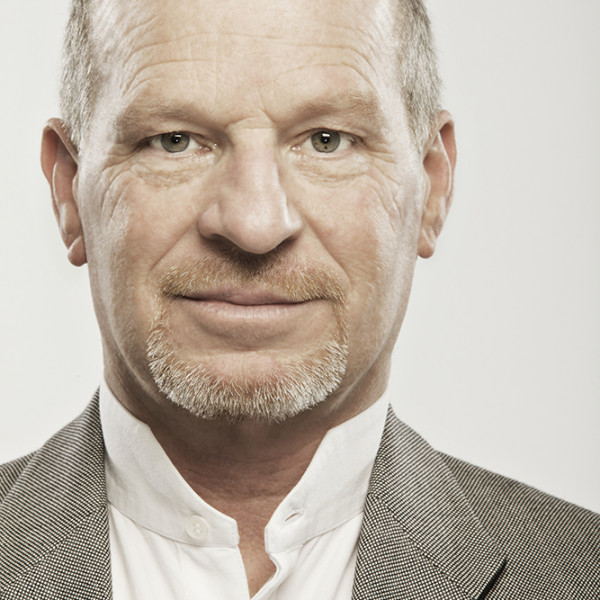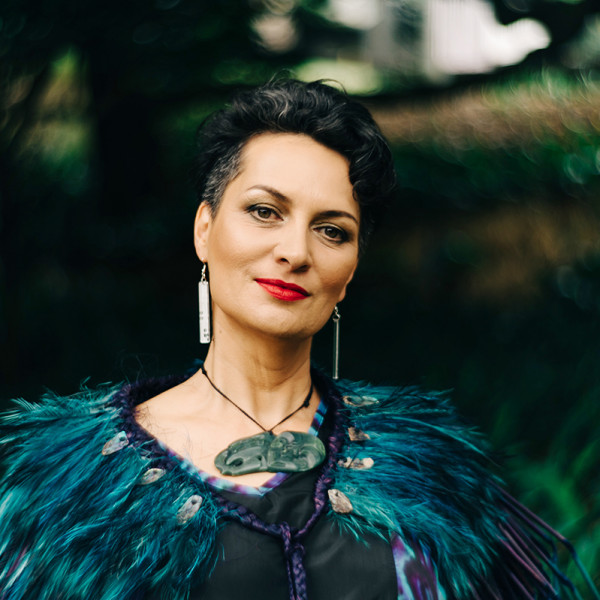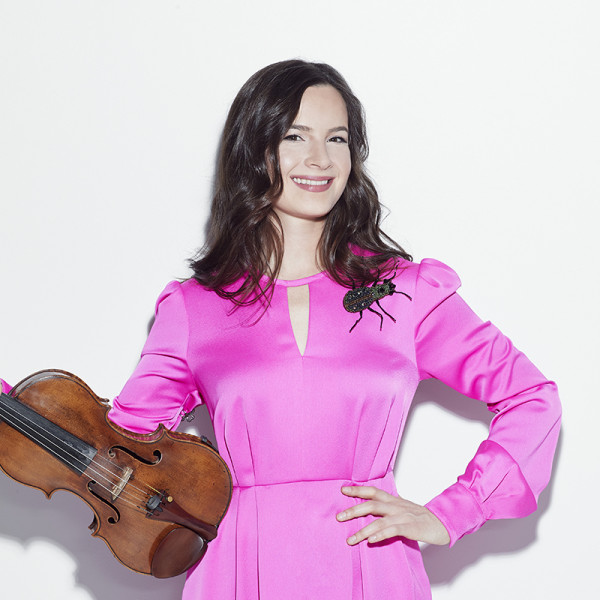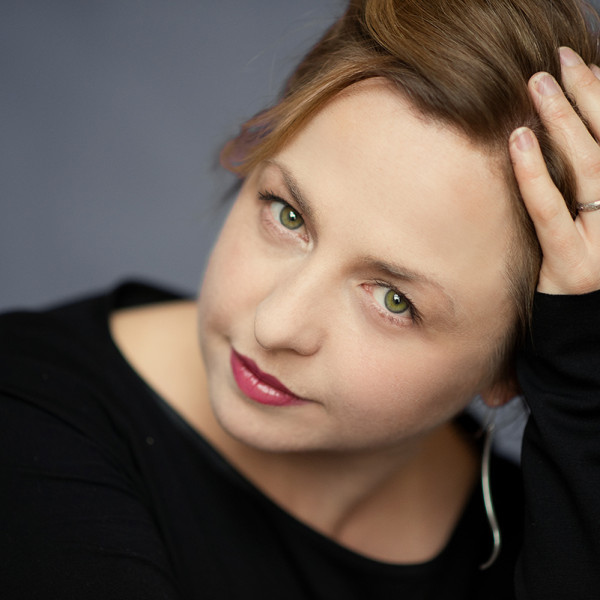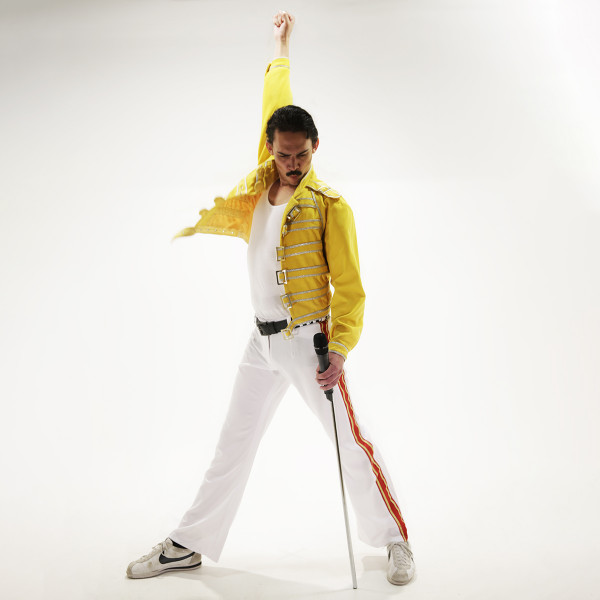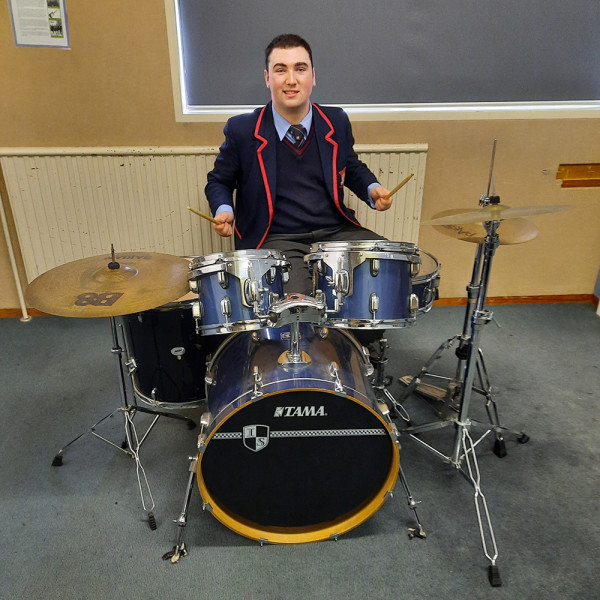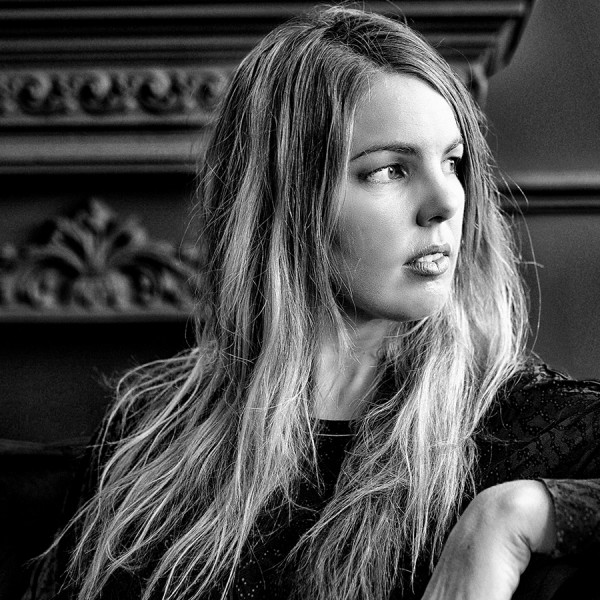
When Julia Deans wandered on stage and announced that she had the “first-gig jitters”, the almost full Opera House audience erupted with laughter, and the tone was set for a night of fun and partying Wellington-style!
Rumours is one of the best-selling albums of all time, but this concert was of two halves. The first combined the early blues-driven Peter Green-led Fleetwood Mac, as well as the biggest singles from their other albums.
Brett Adams’ eerily bird-like slide guitar was a clever intro to the soothingly beautiful instrumental Albatross also featuring the second guitarist and MD Jol Mulholland. Black Magic Woman featured the charismatic and talented Laughton Kora on vocals and extra guitar.
Then it was the women’s turn: first up it was Mel Parsons channelling Christine McVie with Little Lies, then Dianne Swann with Landslide and Deans following with Gypsy – each dressed in Stevie Nicks’ impeccably iconic fashion style. Initially there was the odd wrong note, but these artists owned them, and with the interplay were having so much fun between themselves that it was infectious!
The format of switching eras was a masterstroke – it meant that we got Peter Green’s Man of the World (Adams), the bluesy Stop Messin’ Round (Kora), and Need Your Love So Bad (Mulholland) interspersed with Seven Wonders (Deans), Rhiannon (Swann), Say You Love Me (Parsons), and Sara (Deans). Big Love, featuring Kora’s dynamic vocal range and Adams’ and Mulholland’s breathtaking acoustic guitars was a highlight, rousing the biggest applause of the first half.
For the second half it was yet another costume change for the ladies, with Deans quipping that, with this being the first of three concerts in a row, the audience were “testing the outfit changes”, and that “the men just change their guitars”!
Then it was the whole album of Rumours in order, from Second Hand News through to Gold Dust Woman. Never Going Back Again had Kora joking that he “wished he could play it”, to which Mulholland wittily replied, “I got you bro!”
It was a surprise when Matthias Jordan abandoned his keyboard duties to join the performers centre stage, saying that “they’ve let me off my leash” to take lead vocals for Go Your Own Way – but not before pointing out his family members in the audience!
Deans was next with an achingly beautiful and spellbinding version of Songbird, including an outstanding piano intro by Jordan.
The Chain featured the superlative bass of Mike Hall and the searingly gorgeous harmonies of all three women, and it was breathtaking – they were now relaxed, in total control, and well engaged with the audience.
First up for the two encores, Oh Well featured the blistering guitar and vocals of Adams, which led straight into the last song Tusk. This showcased the finesse and very solid drumming of Alistair Deverick, and by this time most of the audience was either up dancing at their seats, in the aisles, or at the front of the stage.
Liberty Stage have to be congratulated for bringing another stellar concert in the Come Together series, featuring some of New Zealand’s top singers and musicians performing much-loved classic albums to a very appreciative audience.


